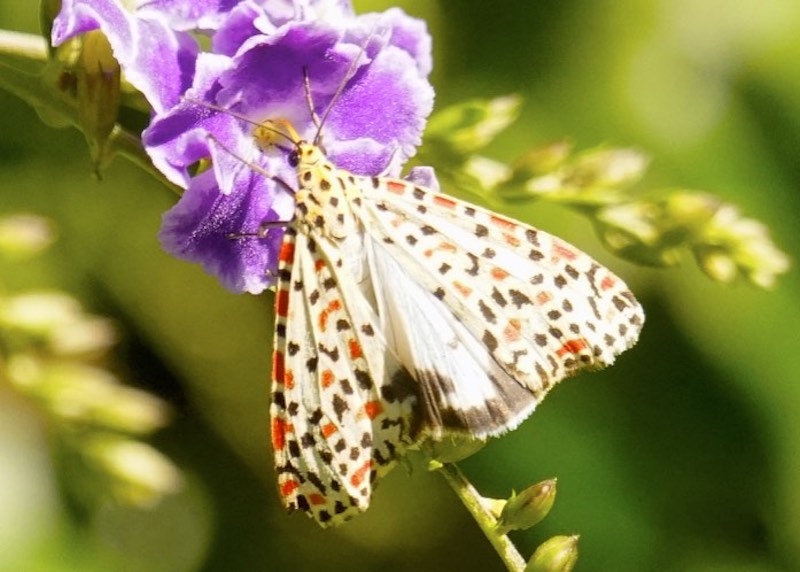Butterflies and moths belong to the scientific order of Lepidoptera, which means “scaly wings”.
The Latin name originates from thin scales which cover the insects’ bodies and wings, giving rise to their spectacular colours. It is thought that the scales have evolved as protection against spider’s webs. Both butterflies and moths have six legs and the three main body parts of head, thorax and abdomen.
Butterflies and moths undergo metamorphosis during their lifetimes. What we know as caterpillars are generally butterfly larvae. This is followed by the pupal stage of development,often characterised by a cocoon for moths and chrysalids for butterflies.
Adults generally have two pairs of wings and tubular-shaped mouthparts which have evolved to enable the insects to drink flower nectar, sap and various liquids to maintain their energy stores.
Although butterflies and moths are closely related, there are some differences between the two:
- Moths are nocturnal whilst butterflies are active during the day
- When butterflies are resting, they hold their wings vertically above their body, whilst moths will rest with their wings laying flat
- Butterflies have a thickened knob or club at the end of their antennae; moths do not have any structures at the end of their antennae, which are thinner and more thread-like than the butterfly’s antennae
- The wings of most moths are linked by a frenulum – a bristle-like structure, which is absent in butterflies
It is said that moths are more dull than butterflies. If you take a look at our online Butterfly Field Guide, you may wish to differ!


